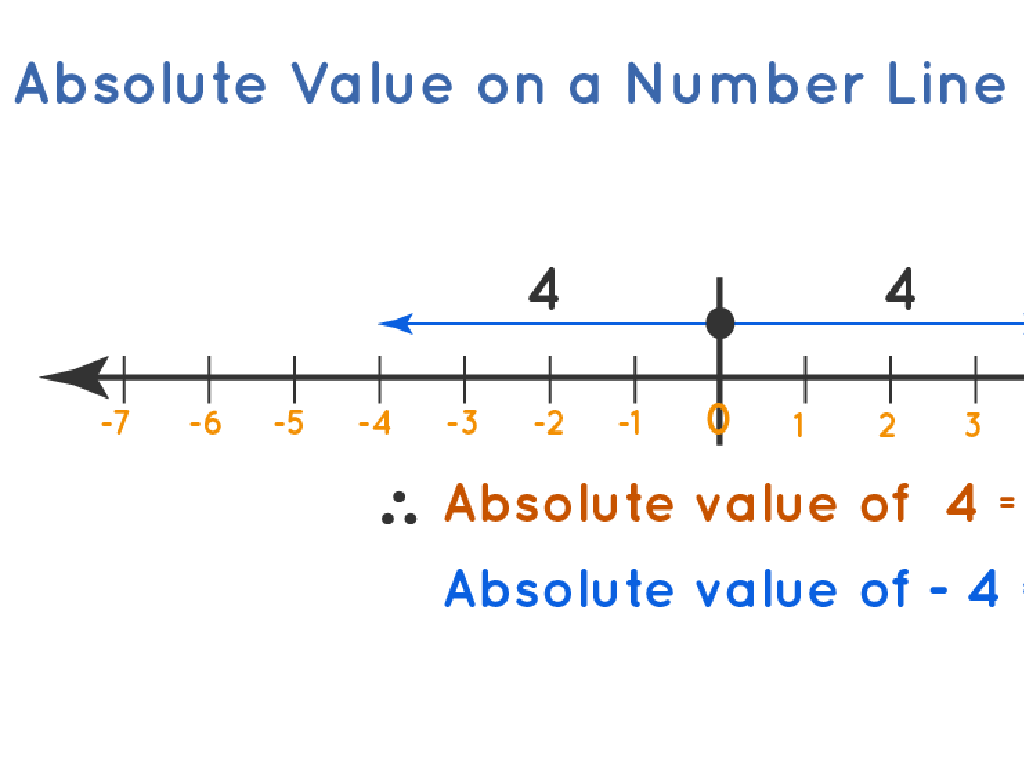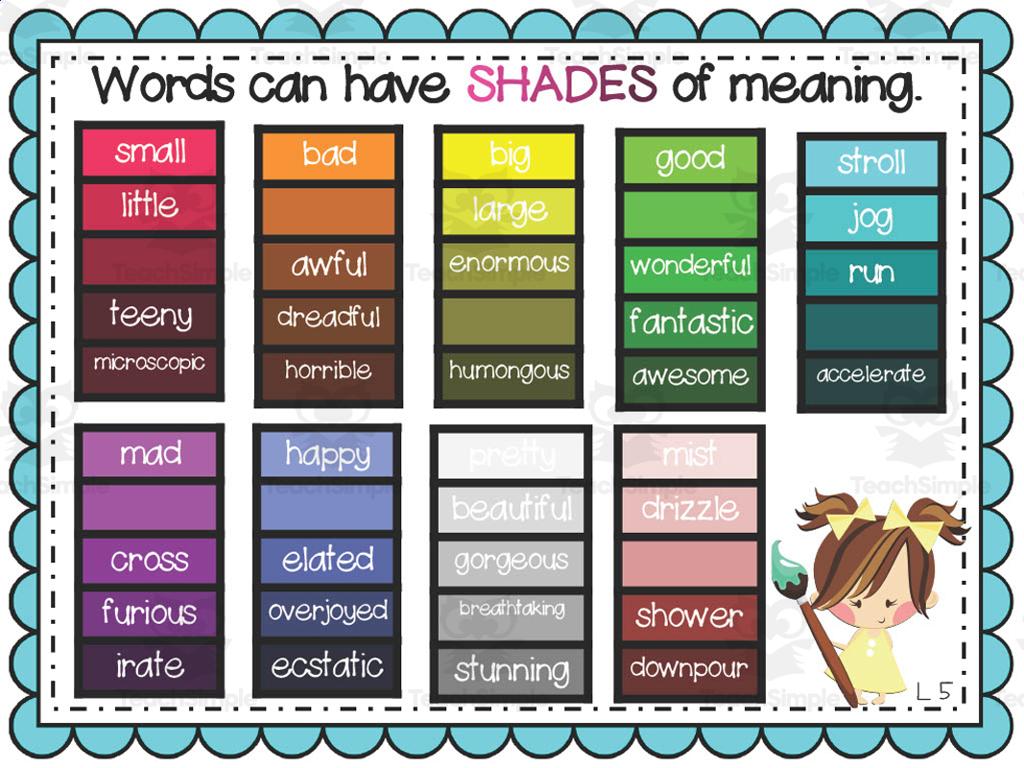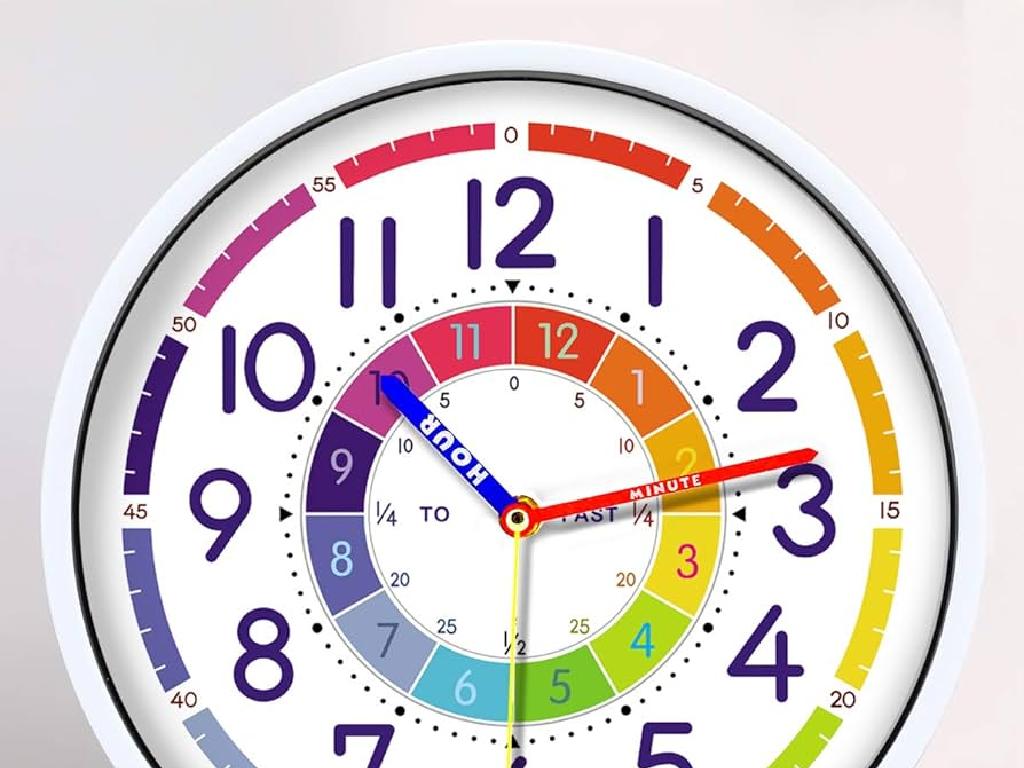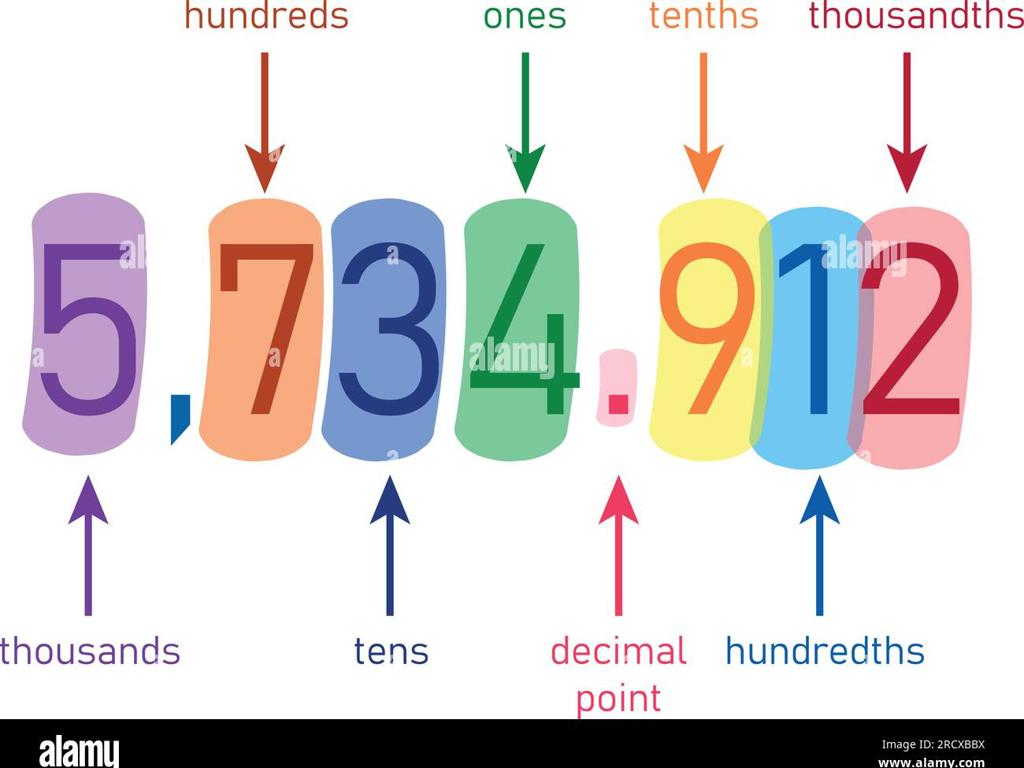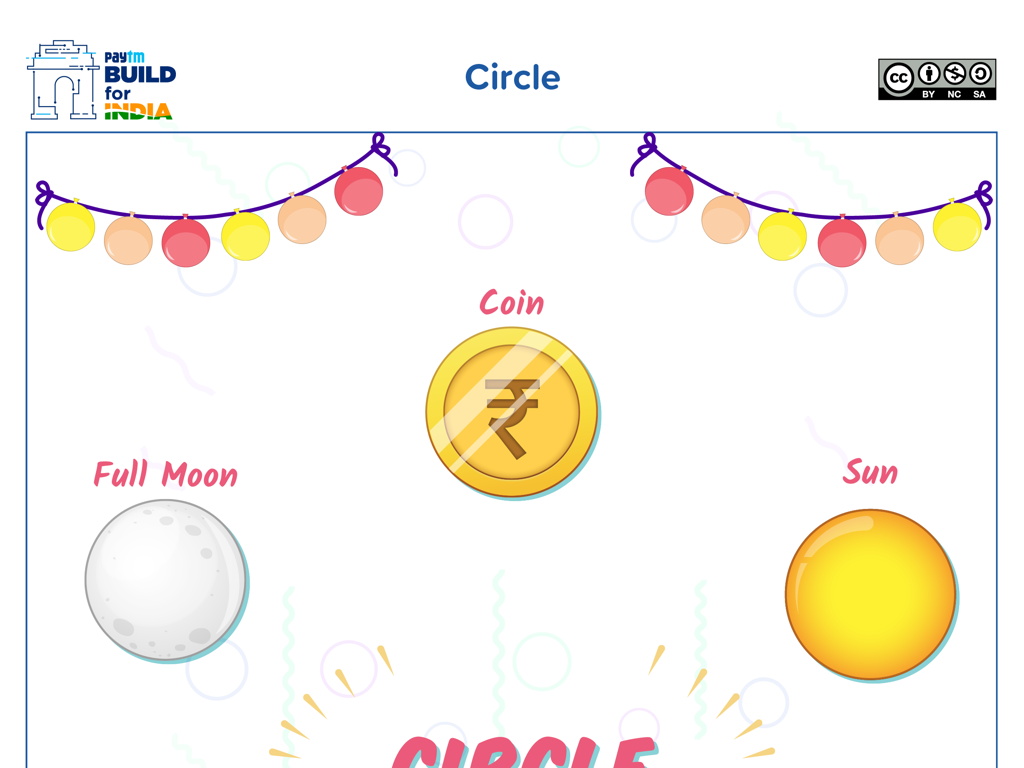World War Ii: Global Events
Subject: Social studies
Grade: Fourth grade
Topic: 20Th Century American History
Please LOG IN to download the presentation. Access is available to registered users only.
View More Content
Introduction to World War II
– What was World War II?
– A major global conflict from 1939 to 1945.
– Importance of learning WWII
– Helps us understand how it shaped our world.
– Overview of involved countries
– Allies and Axis: US, UK, France, Germany, Japan, etc.
– Impact on the world
|
This slide introduces students to World War II, setting the stage for a deeper exploration of its impact on global history. Start by explaining that World War II was a huge war involving many countries around the world, which lasted from 1939 to 1945. Emphasize the importance of learning about this event to understand how it has shaped modern society and the world we live in today. Provide a brief overview of the main countries involved, categorizing them into Allies and Axis powers, and discuss the global impact of the war. Encourage students to think about how these historical events connect to the present day.
Causes of World War II
– Treaty of Versailles impact
– Harsh terms on Germany led to unrest
– Rise of dictators
– Leaders like Hitler gained power, pushing aggressive policies
– Economic factors
– Worldwide Great Depression strained countries
– Global tensions
– Economic stress and political unrest increased global conflicts
|
This slide aims to introduce students to the complex causes that led to the outbreak of World War II. Begin by explaining the Treaty of Versailles, which ended World War I and imposed heavy penalties on Germany, causing widespread dissatisfaction and economic hardship. Discuss how this environment allowed dictators such as Adolf Hitler to rise to power by promising to restore their nations’ former glory. Highlight the role of the Great Depression in worsening economic conditions worldwide, which contributed to the political instability. Finally, tie these factors together to show how they created a tense global atmosphere, setting the stage for World War II. Use simple language and concrete examples to help students grasp these abstract concepts.
Major Events of World War II
– Pearl Harbor: A surprise attack
– Japan attacked US on Dec 7, 1941, leading America to join the war.
– D-Day: Allies invade Europe
– On June 6, 1944, Allied forces landed on Normandy beaches to fight Nazi Germany.
– Hiroshima & Nagasaki: War ends
– Atomic bombs dropped in Aug 1945, leading to Japan’s surrender and end of WWII.
– Understanding WWII’s impact
|
This slide aims to summarize the pivotal events of World War II that had a significant impact on the global stage. Begin with the attack on Pearl Harbor, which was a critical moment that led to the United States’ direct involvement in the war. Explain the importance of D-Day as a turning point in the war in Europe. Discuss the controversial decision to use atomic bombs on Hiroshima and Nagasaki, which led to the end of the war. Emphasize the gravity of these events and their lasting effects on world history. Encourage students to reflect on the consequences of war and the importance of peacekeeping efforts.
Life During World War II
– War’s impact on daily life
– People worldwide faced changes in their everyday routines due to the war.
– Women and children’s roles
– Women worked in factories, and children helped collect supplies.
– Rationing of food and goods
– Governments limited the amount of food and materials people could buy.
– Propaganda’s role in the war
– Posters and radio encouraged support for the war effort.
|
This slide aims to give students a glimpse into how World War II affected the lives of people around the globe, not just soldiers on the battlefield. Discuss how the war led to changes in daily activities, with many men away fighting, women and children took on new responsibilities to support their countries. Rationing was introduced to ensure there were enough supplies for the military, which meant civilians had to make do with less. Propaganda was used to boost morale and encourage everyone to contribute to the war effort. Use this opportunity to show how everyone, regardless of age or gender, played a part in the war. Encourage students to think about how they would feel if they had to live through such a time.
The Impact of World War II on the World
– WWII’s global changes
– WWII led to big changes in many countries and started new friendships and rivalries.
– Formation of the United Nations
– After WWII, countries united to form the UN to promote peace and help solve conflicts.
– Beginning of the Cold War
– The Cold War was a tense time without actual fighting, between the USA and the Soviet Union.
|
This slide aims to educate fourth-grade students on the significant global shifts that occurred as a result of World War II. Emphasize that the war led to many changes in how countries interacted, resulting in new alliances and conflicts. The United Nations was created to prevent future wars and to foster international cooperation. The Cold War was a period of tension between the United States and the Soviet Union, which emerged as superpowers post-WWII. It’s important to convey these concepts in a simplified manner suitable for the students’ grade level. Use maps and timelines to help illustrate these changes and encourage students to ask questions about how these events shaped the modern world.
Remembering World War II
– Importance of WWII remembrance
– Remembering helps us honor heroes and learn from the past.
– Memorials and museums tribute
– Places like the National WWII Museum show respect for veterans.
– Lessons learned from WWII
– We understand the cost of war and the value of peace.
|
This slide aims to instill the significance of remembering World War II. It’s crucial for students to recognize the sacrifices made during the war and to appreciate the peace that followed. Discuss the purpose of memorials and museums, such as the National WWII Museum, which serve as tributes to those who served and provide educational resources. Highlight the lessons learned from the war, including the consequences of global conflict and the importance of striving for peace. Encourage students to reflect on these lessons and how they apply to today’s world.
Time Capsule Project: Life in the 1940s
– Create a 1940s time capsule
– Gather letters, photos, WWII objects
– Explain each item’s significance
– Why was this item important during WWII?
– Present your capsule to the class
|
This class activity is designed to help students connect with the historical period of the 1940s during World War II. Students will create a time capsule filled with items that would have been used during the 1940s, such as letters to soldiers, photographs of daily life, or objects that were common during the war. They should research and select items that are representative of the era. When presenting, each student will explain why they chose each item and its relevance to the WWII time period. This activity will enhance their understanding of the impact of the war on everyday life and the significance of these artifacts. Possible variations of the activity could include creating a digital time capsule, writing a diary entry from the perspective of someone living in the 1940s, or drawing pictures of the items they would include in their time capsule.

